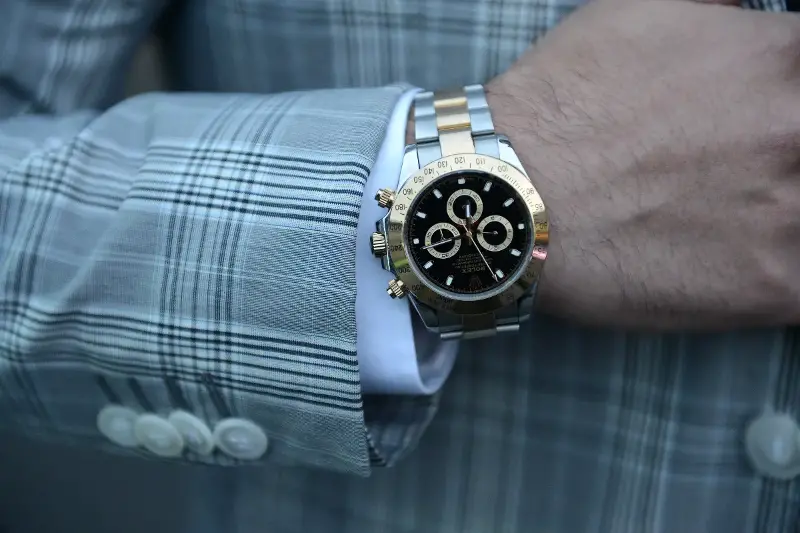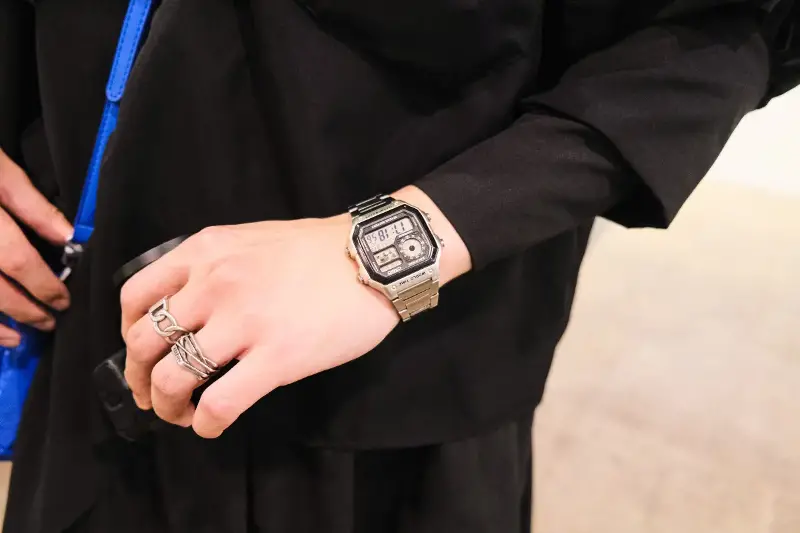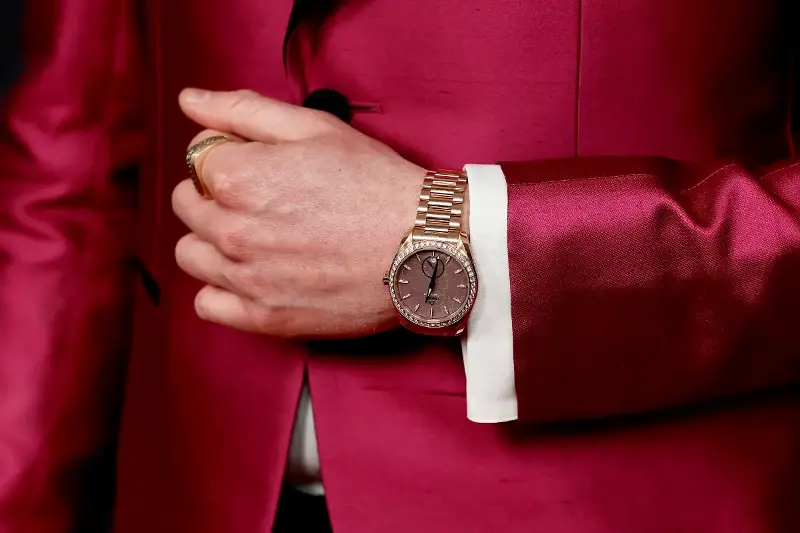Have you ever admired the intricate dance of gears inside a luxury watch and wondered what makes these masterpieces tick? For both men and women, choosing the perfect watch isn’t just about fashion—it’s about passion, craftsmanship, and occasionally, a bit of time-travelling nostalgia. If you’re curious about what truly separates automatic and mechanical watches, prepare to enter a world where art meets precision.

A Brief History: Where It All Began
Watches started as purely mechanical marvels. Hand-wound by pioneers and royalty alike, the mechanical watch heralded a revolution in timekeeping. These early pieces, requiring daily winding, became symbols of discipline and status. The 20th century, however, changed everything with the introduction of the automatic movement.
Automatic watches, sometimes called “self-winding,” emerged as a response to the desire for effortless elegance. The genius lay in a simple premise: Could a watch harness the motion of the wearer’s wrist to wind itself? The answer was a resounding yes—and thus began a new era.
The Mechanics Beneath the Face
The difference, at a glance, may seem minor—but peers beneath the casing reveal two distinct universes. Both automatic and traditional mechanical watches rely on a spring-driven mechanism, as opposed to battery-run quartz watches. Yet, there’s a key divergence in energy.
Mechanical watches demand the wearer’s manual intervention, winding the crown to compress the main spring—imparting energy that then powers the watch. The ritual of winding these masterpieces creates a personal connection, transforming timekeeping into a mindful daily act.
Automatic watches, on the other hand, contain a clever oscillating weight, or “rotor,” that spins with your every wrist movement. This kinetic dance keeps the spring effortlessly wound—as long as you’re wearing the watch.

In the Details: Why It Matters
For enthusiasts, the choice goes far deeper than convenience. Here’s why the distinction can be compelling:
- Manual mechanicals allow complete control, letting wearers set and wind at will.
- Automatics offer convenience for those always on the go—simply wear, and the watch stays energised.
- Mechanical watches sometimes boast slimmer builds, while automatics, due to additional parts, may be slightly bulkier.
- Over time, manual winding fosters a ritualistic appreciation—watch lovers often savour the personal connection with their timepiece.
- Both types often feature exhibition casebacks, revealing hypnotic gears and springs—a constant reminder of the artistry within.
The Allure for Fashion-forward Minds
Beyond engineering, watches are style statements. For men, a beautifully crafted watch can complete a look, exuding strength or subtlety. For women, a glimmering dial peeking from a sleeve can say more than any necklace or ring. The decision between automatic and mechanical can even echo your personal fashion philosophy:
- Prefer a heritage-inspired, vintage feel? Opt for classic mechanical models, which harken back to bygone eras.
- Crave sophistication with seamless practicality? An automatic might just be your next signature accessory.
Today’s designers create for everyone—think bold sporty automatics for the modern adventurer, or delicately slim mechanical watches for minimalist elegance. The universality of these timepieces bridges genders, making the choice one of taste, not tradition.

Maintenance and Longevity: Beauty that Lasts
Both watch types require care, but their needs differ. Manual mechanical watches, being less complex, can sometimes be simpler (and less costly) to service. Automatics, due to their extra parts, may need periodic professional attention to keep their rotors spinning freely.
Regardless of type, the heart of either piece—a finely tempered main spring—can last for decades inside a well-maintained watch, serving as a timeless companion for life’s milestones.
The Collector’s Conundrum: Which to Choose?
Choosing between an automatic and a mechanical isn’t about “better or worse.” It’s a personal journey, shaped by lifestyle, taste, and even emotion. Many collectors eventually fall for both, charmed by each movement’s story and rhythm.
- First-timers might love the ease of automatics.
- Purists are often drawn to the ceremony of manual winding.
- Some simply collect both for the sheer joy of variety.
In the world of horology, individuality reigns supreme.
In the end, whether you’re captivated by the graceful tick of a mechanical or the tireless swirl of an automatic, each choice reflects your relationship with time—and yourself. Perhaps, in choosing a watch, you’re not just making a style statement, but selecting a companion for your journey between moments. As you marvel at your next timepiece, what stories might you and your watch tell together?
